The first new tea of the year, harvested in May, starts to become available around this time of year.
Try some Japanese tea at the time of year it’s most delicious!
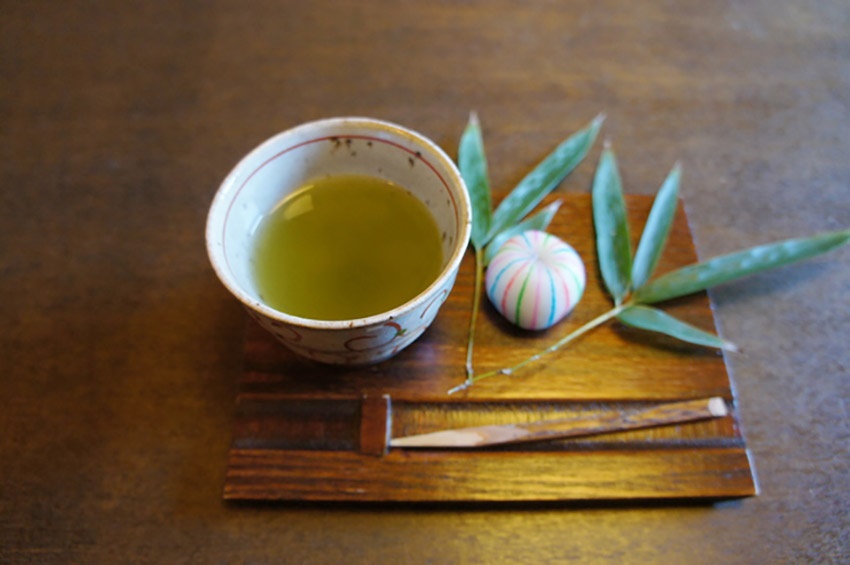
Japan’s tea is well-known overseas, too.
Tea is harvested in the spring, and the first tea picked each year—from new leaves that have stored up nutrition over the winter—becomes available around May and June. Known as shincha (“new tea”), it’s very highly prized—and naturally, its taste is unbeatable, too.
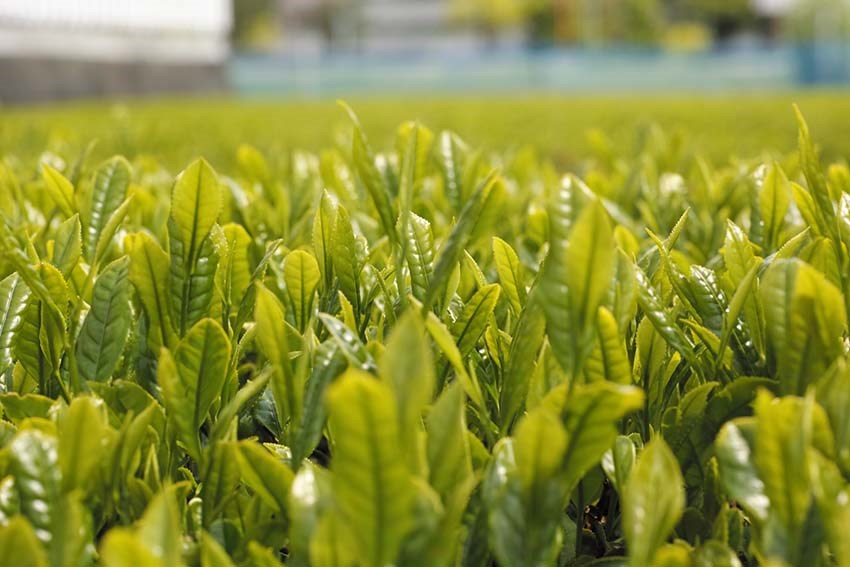
Shizuoka prefecture, famous for being home to Mount Fuji, is Japan’s number one producer of green tea.
The next biggest producer is Kagoshima prefecture in Kyushu.
Kagoshima is a warm region, so the shincha season arrives sooner than in Shizuoka; around late April.
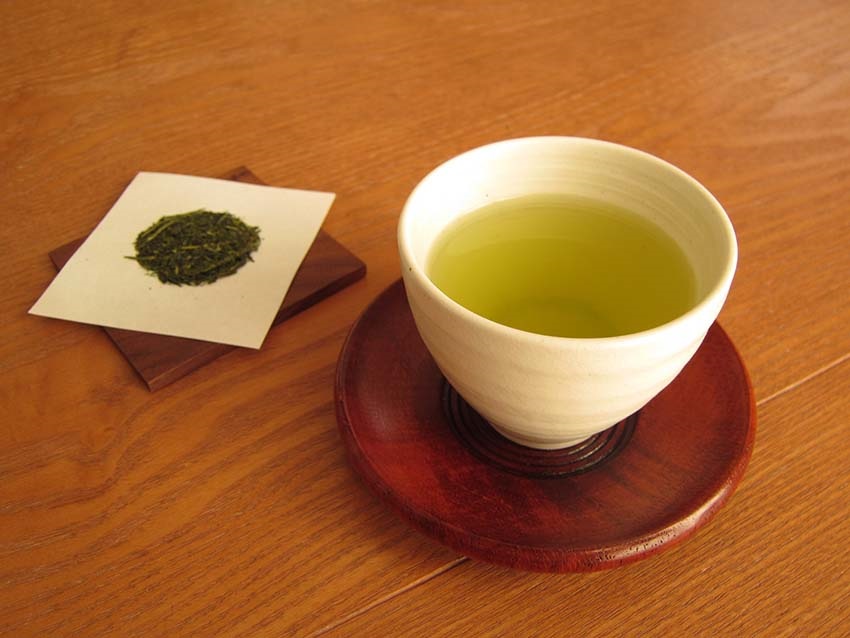
Matcha-flavored snacks and so forth are popular, but the tea that Japanese people generally drink the most is called sencha.
Compared to matcha—which has quite a formal image—sencha is drunk casually at home.
It’s often drunk together with meals or sweets.
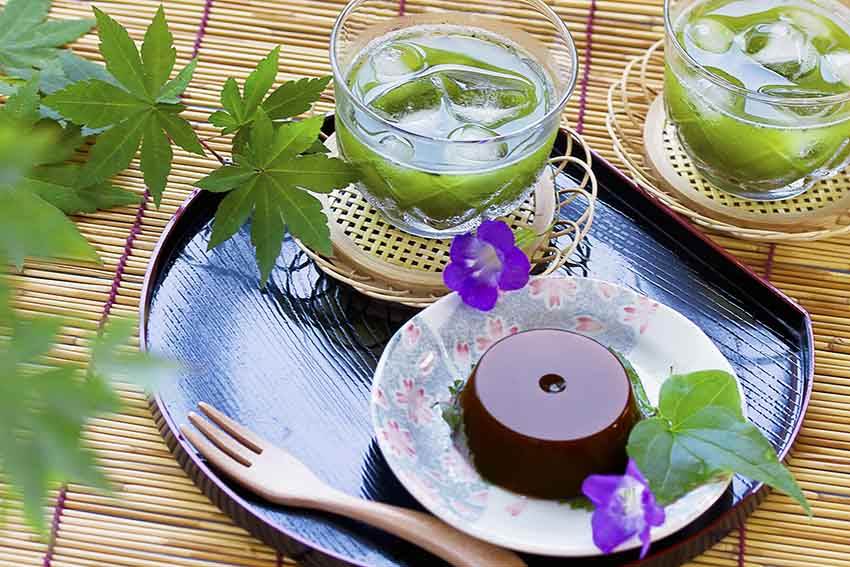
Once it gets a little hotter, I’d recommend reicha (cold tea) cooled with ice or brewed with cold water.
Its cool, refreshing taste is perfect when you want to take a breather!
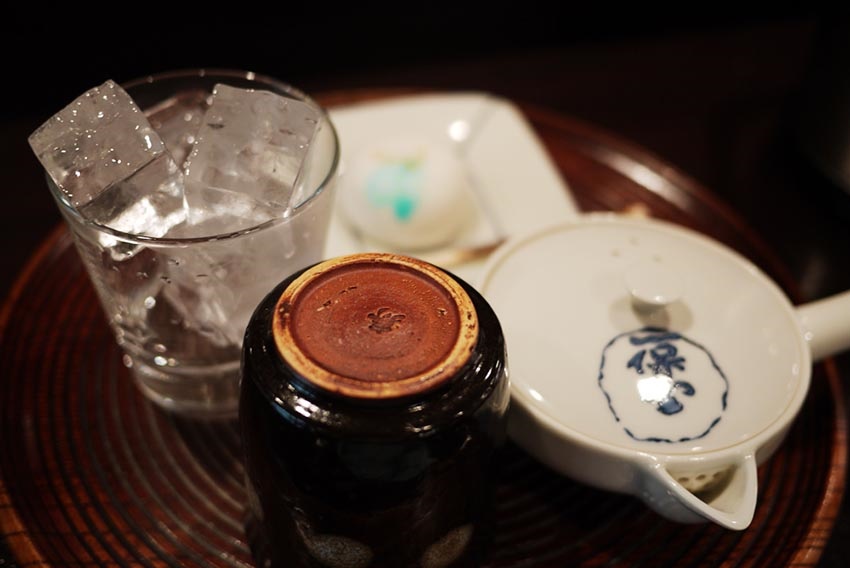
I’d also recommend trying out a Japanese tea house where you can prepare the tea yourself.
Perhaps because tea is generally thought of as a drink for the home, most cafés in Japan mainly serve coffee, and not many offer tea.
Try and find a Japanese tea house or traditional Japanese café—this photo is from Ippodo, a tea house with its main branch in Kyoto.
It was a pretty hot day when the photo was taken, so I made reicha by adding ice.
It only costs around \600 for tea and a sweet, so you should definitely give it a try.
They also have a branch in Marunouchi in Tokyo—the prices there start from \1080.
Green tea contains lots of catechin, which has antioxidative properties, and is said to be good for both health and beauty.
You can pick up inexpensive tea leaves from around \500 per 100g, so you could always buy some as souvenirs, too.
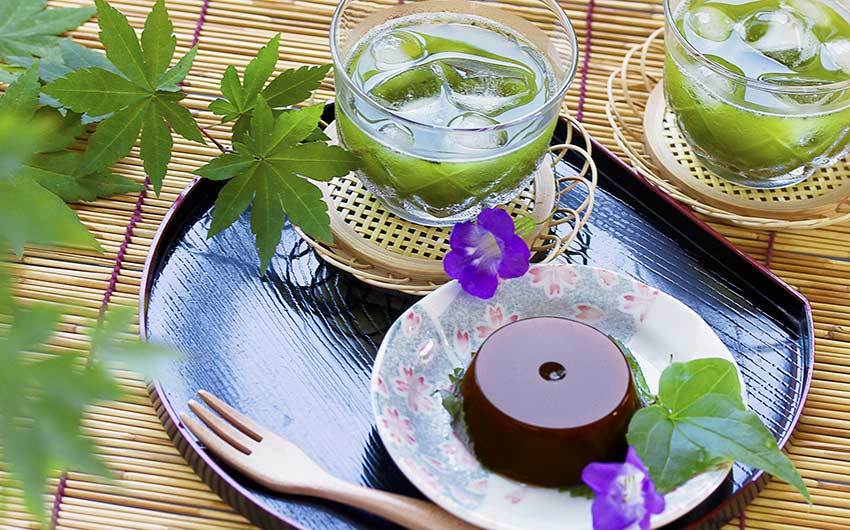
Comments